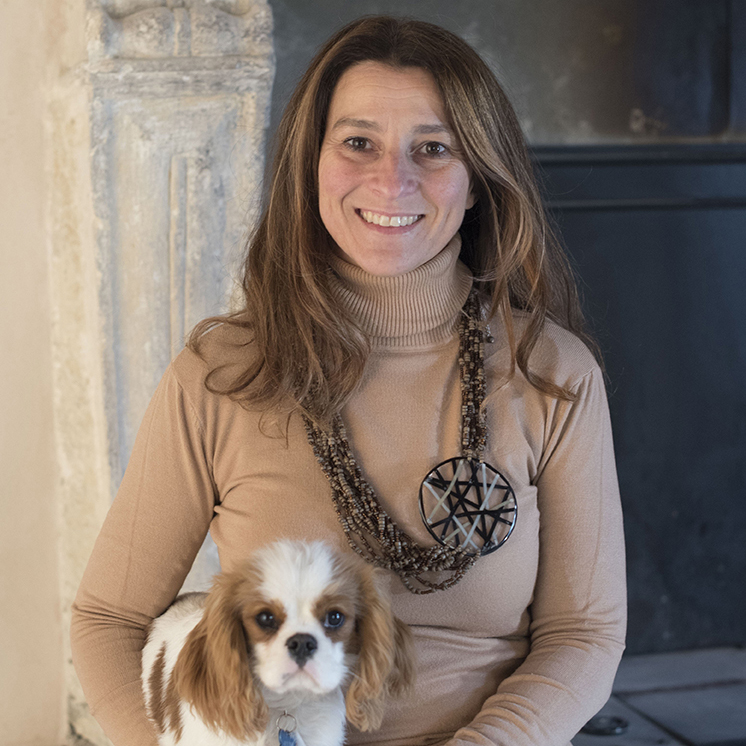Monte Baldo dominates with its presence Lake Garda with over 2000 m in height. It is a unique destination, both for nature lovers and for hikers. Its variety, the beauty of the places, the priceless panorama of the lake that can be admired from above make Baldo a place to live and discover.
For those approaching Monte Baldo for the first time or for a simple, pleasant excursion in the company of children, surrounded by nature, a visit to Malga Pra longo is an excellent starting point to spend a peaceful and healthy day.
From the mountain village of San Zeno, continue to Prada. Along the forest road that enters the marvelous beech wood of Pralongo, you arrive at Due Pozze. It is the point where the parking lot is located and the walking paths branch off.
The Baito Pra longo can be reached on foot after a short walk.
This characteristic “Baito”, is a building expertly restored, part of the hut with its meadows, pastures and woods.
The characteristic huts of Mount Baldo originated in the eighteenth century and follow a precise construction method. The buildings stand on a hillock, in a well-ventilated position, harmoniously inserted in the context of the landscape and present a simple architecture in form and building materials, such as the limestone of the place.
Malga Pralongo retains the flavor of the past. The structure consists of two rooms: the “logo del fogo” where there is the fireplace where the milk was processed and which served as a shelter for the sheperd being heated and the “logo del late”, the room in which the freshly milked milk in containers called “mastele”, to help the fat outcrop.
A lovely, relaxing place to stop to enjoy the day and admire the view or take a short stop in anticipation of a long walk to another refuge.
A simple, authentic mountain hut, perfect place to eat a typical dish of the area, good cheese accompanied by a glass of wine or an excellent homemade cake.
On clear days, the view of Lake Garda is an emotion. From here, you can admire spectacular sunsets with the sun hiding behind the mountains.
THE PASTEUR ON MONTE BALDO
Going up the slopes of Monte Baldo the change of scenery is surprising. A few from the lake the landscape becomes mountainous, the air becomes cooler, the shade of the woods and the scent of the undergrowth become protagonists and among the meadows and pastures generous cows graze undisturbed in the tranquility of the mountain.
The tradition of sheep farming on Monte Baldo has a long history. Already from the Copper Age (end of the 4th millennium BC) and in the Bronze Age, the small local communities began to bring their flocks from the plain and the hill to the mountain pasture.
Since Roman times and then in the early Middle Ages, Monte Baldo has been affected by a substantial herding, especially sheep and goats, with forms of transhumance along traditional routes that led from the Caprino plain to pastures and ridges and then descended to Val d ‘ Adige.
Transhumance began on April 23, St. George’s day.
In addition to the transhumant flocks, numerous sheep settled on the slopes of Monte Baldo.
Sheep herders used the Baiti as animal shelters. In the highest area of the mountain, small dry shelters, with limestone rocks, covered with straw, branches or mountain pine branches were the ideal place for livestock.
Bovine breeding has received significant impetus since the seventeenth century, at the expense of sheep and goat breeding which was increasingly marginalized and relegated to the highest and most impervious areas.
It is in this period that the still existing pastures were built: stone huts according to the bovine pasture. The summer months of the mountain pasture begin between the end of May and the beginning of June, depending on the trend of the winter season. From the lower districts, the cattle go up along the pastoral routes, towards the mountain.
The period of the mountain pasture is traditionally marked by some popular festivals, such as the feast of the Madonna della Neve on August 5 and San Bartolomeo on August 23. September marks the date of the end of the mountain pasture which ends with the feast of San Michele, on 29 September.
Good walk! At the next unmissable stop to discover Monte Baldo!

